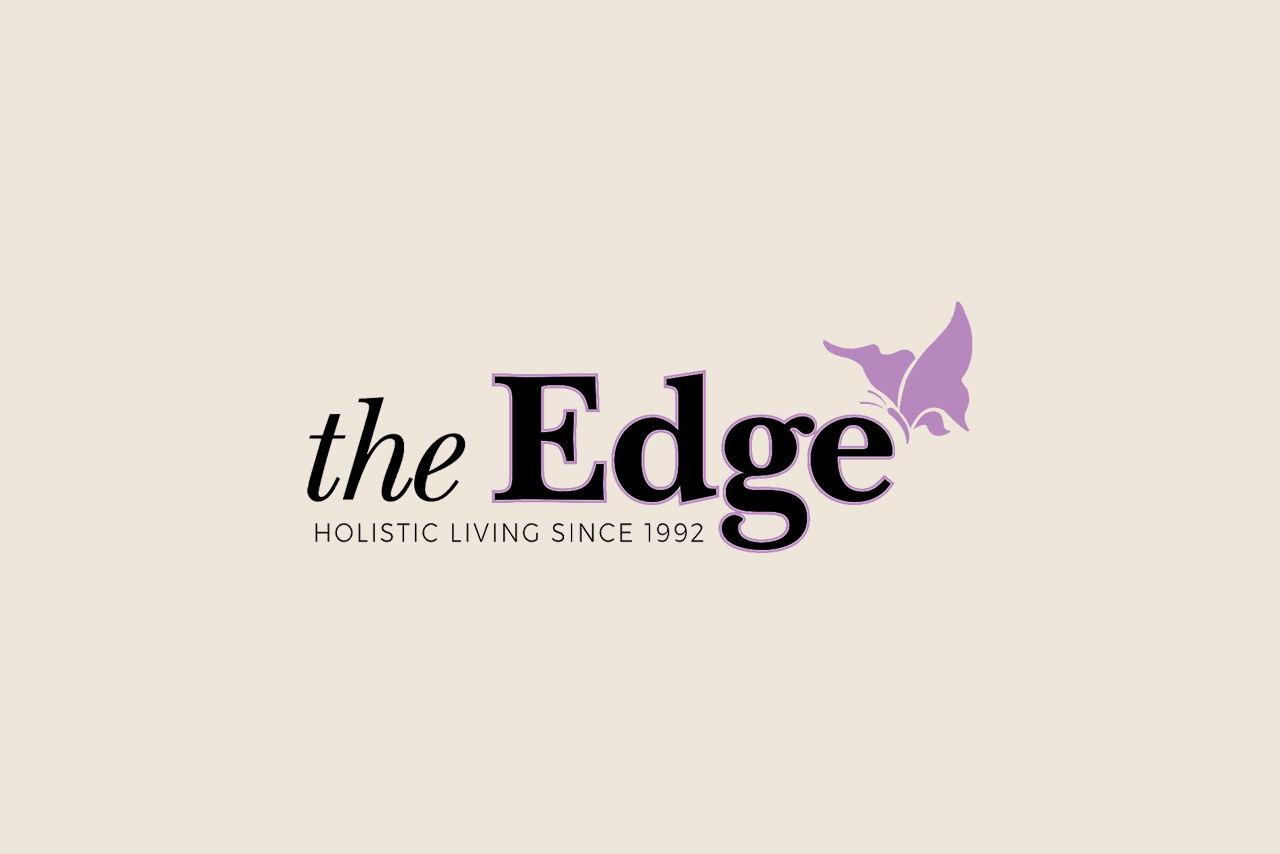
Quite rightly there is a lot of focus on creating safe work places these days, inspired by our better understanding of psychological safety and neurobiology. As human beings we are hard wired to be vigilant for risk, our brains are alert to anything that could be dangerous for our survival, which is what has kept us safe as a species for centuries. But this vigilance is something that we need to understand and manage if all staff are to thrive within organizations. Leaders need to pro-actively work to counteract the in-built protective instincts that we all have, so that everyone knows – and is frequently reminded – that they are safe to be who they are, and that they belong in the workplace. The movement is from the deep, all-too-human fear of exclusion which triggers fear responses and a sense of scarcity – to one of safety and containment where we know that we are good enough, safe to be who we fully are so that we can focus on thriving not surviving.
The reason that leaders need to be conscious and pro-active about creating safe spaces is because fear is often hidden. Again, it is human nature to make assumptions, and each person will bring their own life experiences to work and may be triggered to believe that they aren’t good enough or that they don’t fit in to your workplace for whatever reason. So it is the job of leaders and managers to pre-empt this fear and create an inclusive culture which recognizes and accepts people exactly as they are, and reassures people that they are seen and that they belong. This replaces anything resembling a culture of scarcity and blame, where people fear that they lack what they need, with a culture of acceptance and inclusion. The aim is to encourage everyone to believe that they are good enough, that they have the resources to do what is required of them, and that they are a welcome part of the organization – with all their flaws and talents.
There are lots of really practical things that leaders and managers can do create safe workspaces. Here are three:
Actively encourage people to be fully themselves. Because so much of what makes people feel psychologically safe is hidden, it takes active, consistent and repeated messaging to give people permission to be fully themselves. This is about daily behaviour and connection in the small moments. Noticing and applauding when people are relaxed enough to be themselves – be it talking about their lives, being honest about their emotions or speaking out on a work issue. We know that when people feel accepted it moves them away from a state of fear to a state of ease, so we want to remind them of this fact as much as possible. Actively noticing, seeing and praising everyone’s contribution will remind them that they belong and give them implicit permission to be fully present and give of their best.
Show people your humanity as a leader or manager. When it comes to culture, what you do and say as a leader or manager has a huge impact. You are a role model and others will watch and learn from how you show up. So if you are able to show people your authentic self, sharing your emotional truth (vulnerabilities even) then it will implicitly give them permission to do the same. This is especially important when it comes to things like work life boundaries. When leaders are able to role model good boundaries and talk about the need to re-charge their batteries or resource themselves, it signals that others are able to be human too. Gone are the days of the hero leader; letting your staff know that you have needs that have to be attended to just as they do, shows everyone that it’s ok to be who they are, and that they have permission to set a healthy pattern of work.
Encourage authenticity. Connecting and engaging with your teams and colleagues with an open and curious mind helps to build a culture where it feels safe to be yourself. Again, it goes back to neurobiology – when we are able to relax in the knowledge that it’s alright to show ourselves – we can focus on what is there in the present moment, rather than getting tripped into a state of fear or scarcity. Have conversations that invite people to be honest about who they are, what makes them tick, what they need and how they work so that they know that it is safe to be fully themselves.
First published in People Management.


